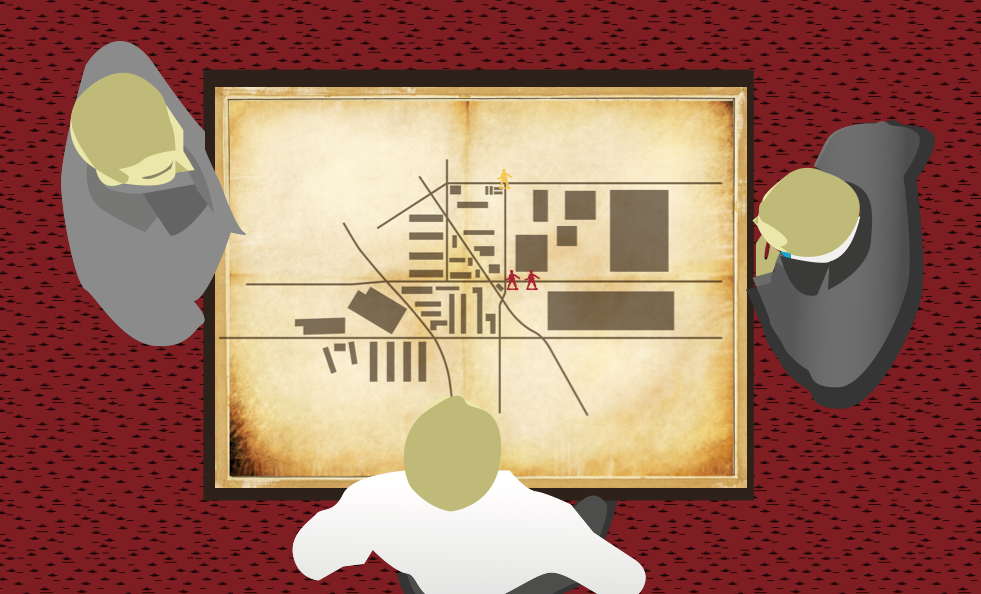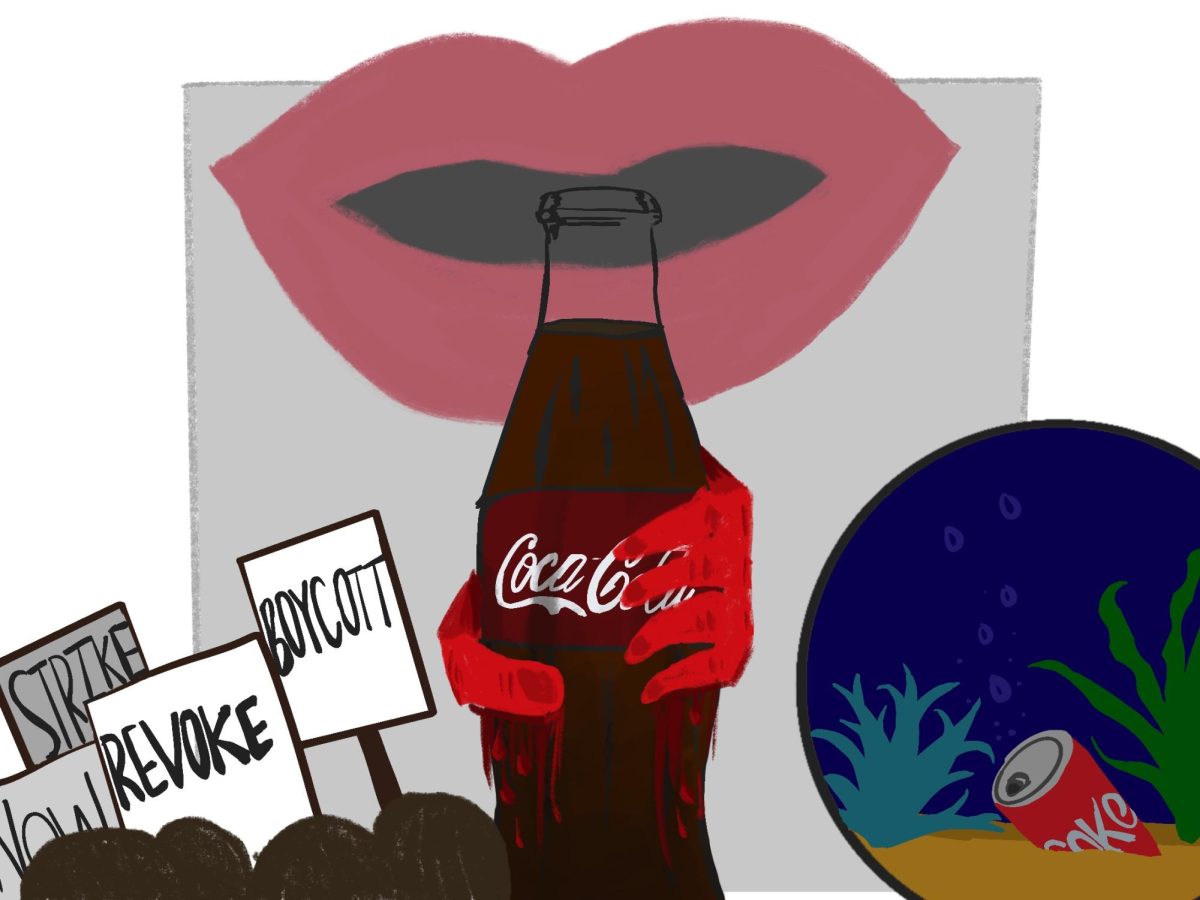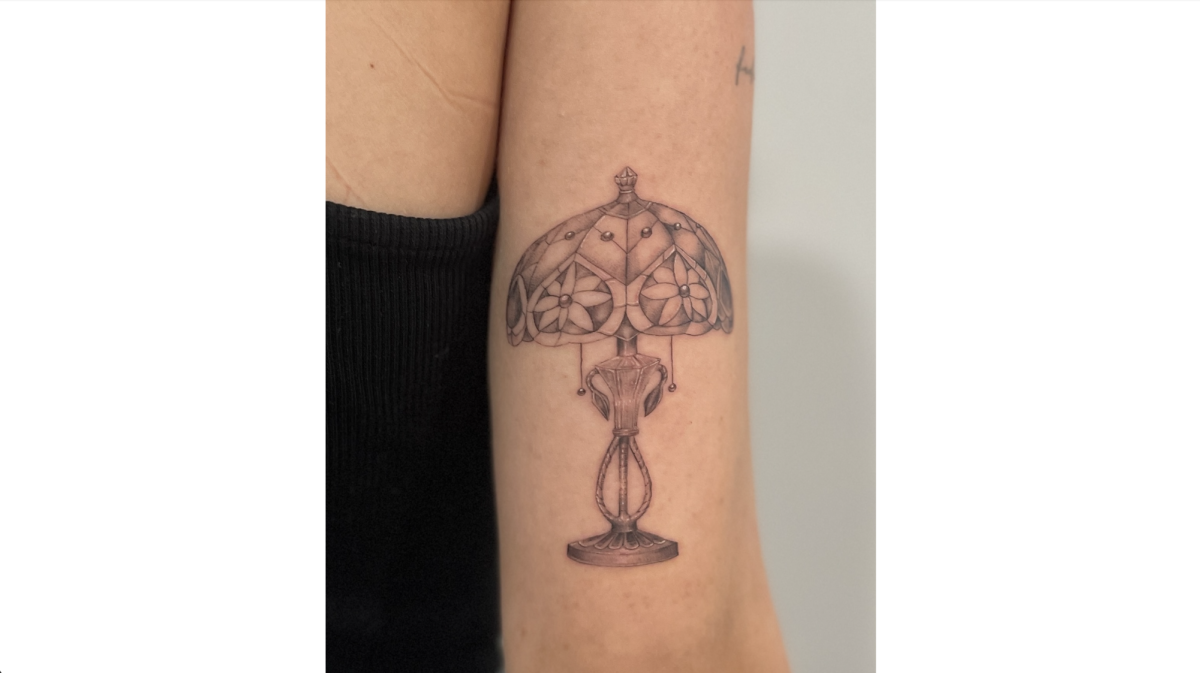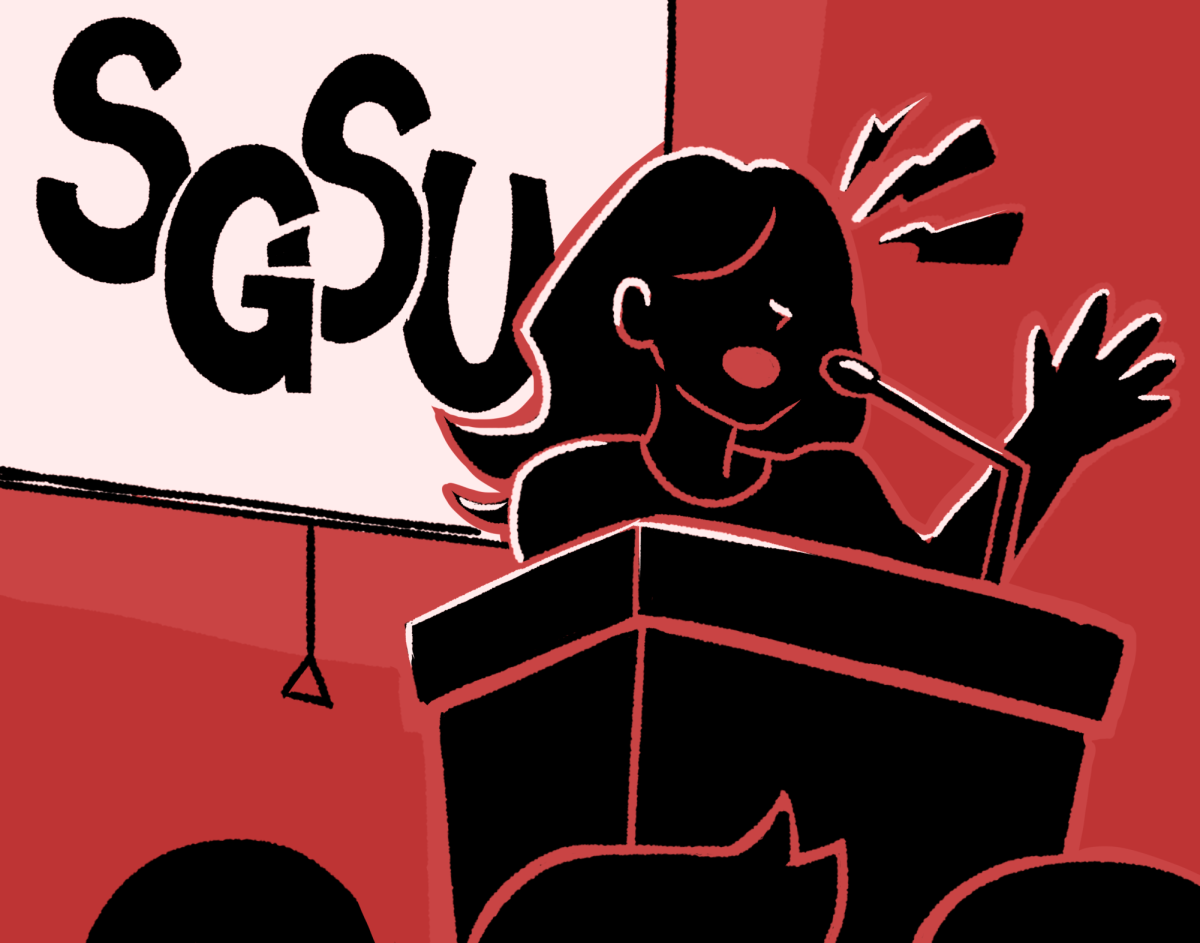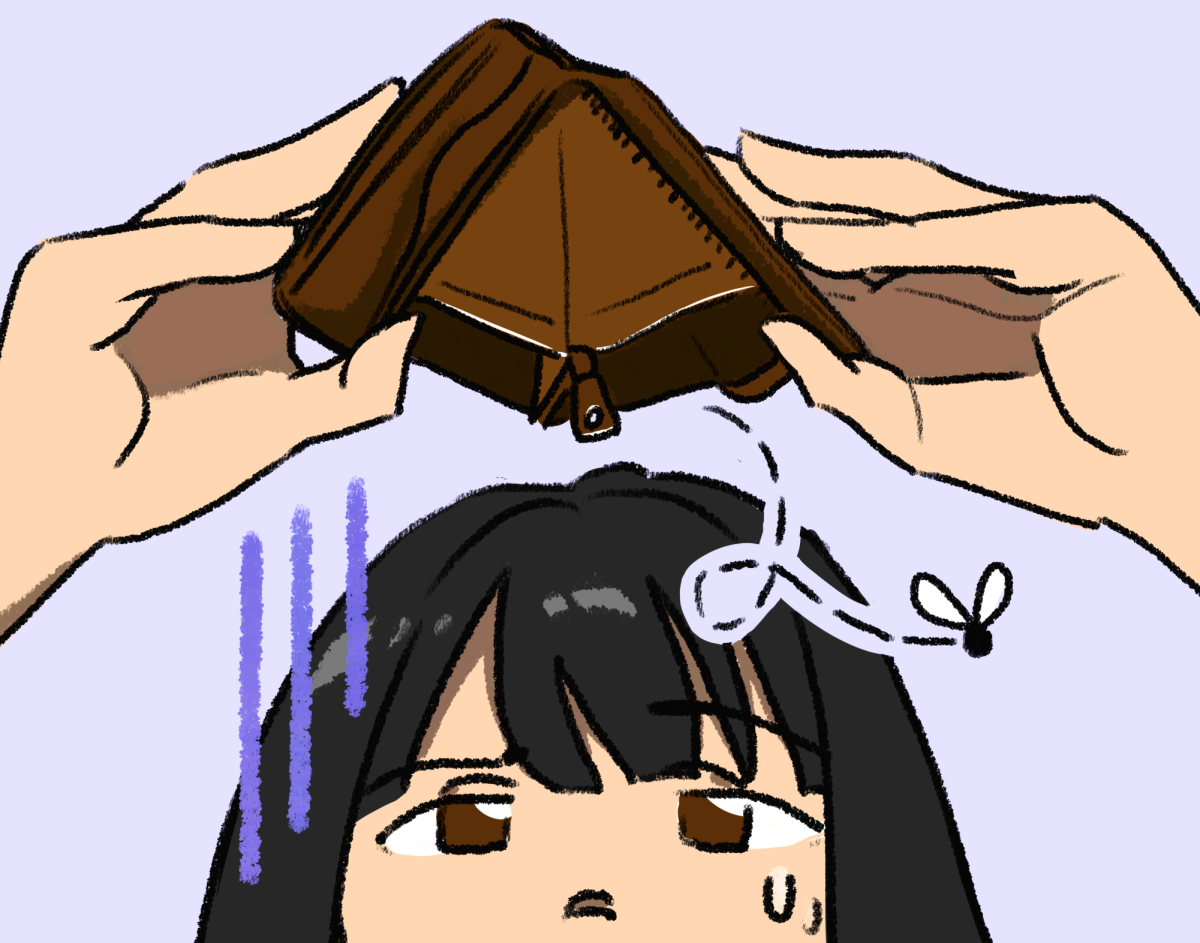The Seattle University Youth Initiative 2012-2015 Action Plan, which presents the findings from the first two years of work on the Youth Initiative and aspirations for the future, concludes with a quote from Seattle U President Stephen Sundborg, S.J.:
“If no one other than this community and this university knew what we are planning and doing, it would be fine with me. We are not in this for our reputation, to look good, for the news. I hope none of us are. We are in it for infants, kids, youth, college students, families. We are in it because opportunity calls, God calls, and it is right for all of us to respond together.”
Despite these intentions, the Youth Initiative has become the flagship program of the Center for Service and Community Engagement, and is featured in many of Seattle U’s promotional materials, often publicized for the award-winning work it is doing.
In 2012 the program received the Presidential Award for Community Service, given to just five schools in the country for “civic engagement, service-learning and volunteerism.” The award is clearly beneficial for the Marketing and Communications department and when speaking about “the difference we make” to donors and others that control funding for the program and the university as
a whole.
However, beyond the awards and hype, the program lies at the heart of a growing academic debate about the virtues and effects of volunteerism, a debate which examines the intersection of race, class, gender, socioeconomic status and history, as they intersect in the Yesler Terrace neighborhood, the epicenter of the Initiative.
It is these issues, and investigating the question of why typically upper middle class white students become interested in short-term volunteering commitments such as the Youth Initiative and other larger-scale volunteering efforts, that intrigues Seattle U Sociology professor Gary Perry, who has returned to Seattle after a year-long sabbatical.
He recently presented his research “Before You Run Off to Help…: The Disservice in Not Preparing Students for Service Learning” for the Department of Anthropology, Sociology and Social Work Works-in-Progress Colloquium.
Through his research on disaster relief efforts in New Orleans after Hurricane Katrina, he highlights several trends emerging in volunteerism and service learning as pedagogy. By tracing the historical background of service learning, he contends that many students’ “naïve but well-intentioned” attitudes focused on “helping and saving” can in fact do damage to the communities they are supposedly “helping,” especially when orchestrated on a large scale by students and universities. His research is especially relevant to the Youth Initiative because one of the main ways students become involved with the Initiative is through service learning classes. Of the 3,206 students who were involved in a total of 276 service learning courses last year, 1,018 of them were involved in some capacity with the Youth Initiative.
“What I have not seen from service learning scholars is a student preparedness model that allows students to foreshadow their service learning experience while simultaneously moving them to be self-reflexive and contemplative about their desire to help,” said Perry.
He instead advocates for an integrated approach to prepare students for volunteering, based on four parts including considering students’ positionality, intentionality, probable impact and degree of commitment when engaging with service.
He views a historical perspective as critical to current understanding of volunteerism or service learning.
“Historical legacy is probably most important, especially when you look at students of privilege, which is the primary group of students who do this type of work, white students in particular and even upper or middle class students, who will go into communities well-intentioned, and really become puzzled by the fact that if they’re working in communities of color in particular, that the community can be quite hostile to them coming in just to begin with, and they’re questioning them about why are you here,” Perry said, a trend he identified particularly during his work in New Orleans. He notes that this type of experience harms both parties involved in service.
“Students are sometimes hard-pressed to understand that the communities have a lived history with the relationship to the community or the academic institution, and that history needs to be a part of how students are preparing for service learning. There is power in the relationship academic institutions have with communities, especially communities of color and other marginalized communities, and students should think through that before they engage with other community partners.”
In an article lauding the efforts of the Youth Initiative, The Seattle Times commented upon the wide economic, cultural and social gap that sometimes separates Seattle U students from those they seek to help as well.
“The Bailey Gatzert neighborhood is a significant contrast—and thus, an education—for university students, many of whom grew up in comfortable suburban neighborhoods, went to top high schools and now pay $32,400 a year in tuition,” The Seattle Times wrote.
Though Perry notes that there are varying motives for volunteering (including being forced to do so), students must be aware of why and how they choose to engage in service.
Perry would like students to understand that “their position in the community is very complex, and the likelihood of them impacting the community in a negative way is very high, and you must always be mindful of that in terms of community partners.”
To accomplish this, Perry recommends considering “the three R’s: respect, reciprocity and responsiveness” in all interactions with community partners.
Though many students are unaware of the concerns Perry has, some students, like International Studies major Gabby Porter, have chosen not to participate in the Youth Initiative because of similar concerns. Despite studying abroad in Tanzania and studying the philosophical implications of aid, especially to Africa, Porter’s ethical issues with the program prevent her from being able to participate.
“My biggest issue with the Youth Initiative overall is that it’s so one-sided from our perspective, and that we have heard nothing positive or negative from the Yesler Terrace or Bailey Gatzert community, and that’s extremely problematic,” said Porter. “It’s clearly for us, and a university should not be involved in a business other than education.”
Porter is also concerned about the philosophical implications of aid and service on a larger scale, describing the effects of Western aid to countries in the Global South, where there are typically no economic or political benefits or success stories. When looking at this debate at a micro-level, like in the Youth Initiative or the efforts by the Center for Service, Porter believes that the formal models that encourage involvement like the Youth Initiative reinforce pre-conceived ideas.
Other scholarship also describes the potential harm of students’ good intentions, which are typically rooted in a desire to be involved for themselves. As noted in an article from the American Sociological Association, “Much like the traditional notion of charity, volunteering often established a giver-receiver relationship as students “help” others defined as in need. Volunteers, however, are unlikely to apply or enhance existing skills or to engage in any organized and meaningful reflection.”
To understand Seattle U’s place in this debate, it is necessary to go back to the 2007-2008 academic year, when university “representatives from divisions and colleges formed a ‘think tank’ to determine the feasibility of a community engagement initiative” and “unanimously agreed that engaging in such an initiative fit with the university’s mission, core values, and assets, and further determined that the Initiative should focus on low-income youth living within the university’s neighborhood,” according to the 2012 report.
Though Kent Koth, Director of the Center for Service and Community Engagement, points out that the university had been engaged in various service programs before this time, the Youth Initiative is an unprecedented attempt to centralize these forces.
After deciding to move forward with the Youth Initiative, Seattle U held a day-long conference with community members and partners which gathered information from participants that became the founding ideals and principles for the original organizational model. During the 2009-2010 academic year, the Youth Initiative “began an ambitious and extensive campus and community outreach strategy” to inform the campus and wider community about the program that was underway. November 2010 marked the implementation of phase one of the plan.
“Goal one is to enhance education in the neighborhood by creating a pipeline of support, or a consistent educational program that brings together [community partner] organizations to communicate with each other, then also advocating for additional services for this campus,” said Koth. “We’ve got to start, when starting with a complex community initiative, with where the community is, and also where the campus is in terms of engagement.”
One of the most identifiable aspects of the program is the tutoring that takes place at Bailey Gatzert. According to Koth, 50 percent of the 144 students who made a year-long commitment to serve in the Youth Initiative last year worked at Bailey Gatzert, and during 2011-2012, 160 students worked at the school per quarter. Tutoring, known for decades as the Children’s Literacy Project, became part of the Youth Initiative in 2010, though Koth is quick to mention that tutoring is not the only way for students to become involved.
“One of my frustrations is that people think the Youth Initiative really is just tutoring, and it’s easy enough for us to market that because it’s tangible, you can go visit the school, but there are so many more ways to think about connecting to the neighborhood that are more inclusive of the campus in terms of students and faculty in their interests and studies,” Koth said.
The other, non-classroom based programs sponsored by the Youth Initiative are detailed in the Action Plan and include a broad range of topics, engaging a broad number of Seattle U programs and policies, from the law school holding Youth Court to parent engagement programs to literature circles with families, to name just a few. These programs, however, engage far fewer students than tutoring.
The first strategy of the implementation phase of the Initiative is Academic Support, entering kindergarten healthy and leaving the program with “100 percent of SUYI neighborhood students enrolled in College Bound Scholarship Program.”
According to Rachael Steward, Assistant Director for the Center for Service and Community Engagement, though the stated goal of the program is to prepare children for college starting from an early age, they understand that the education they hope to facilitate is to set children on a path to a livable wage.
Though the Youth Initiative’s pipeline aims at supporting youth and families from Pre-K through the ultimate goal of college or credentials, Steward says the Youth Initiative isn’t trying to prescribe certain outcomes for people.
“We want to provide career opportunities to everyone, in the terms of how they would define success,” said Steward. “It would be patriarchal to define it ourselves.”
Steward also notes that in some circumstances, Seattle U students experience difficulty entering into a service learning or Youth Initiative project, especially when it involves direct community engagement with the adult population of Yesler Terrace.
“Some of what we’ve seen demonstrated is that students are not ready to have…conversations [with parents in the community]. We have age gaps that slow us down from having conversations, we have language gaps, and cultural gaps, but there are some students who volunteer at the community center and some staff, so there are many people who are engaging in ways that feel comfortable for them now,” Steward said.
One way in which students engage with this type of education about the underlying sociological forces shaping the Seattle U community, the Youth Initiative community, and the spaces in which they interact is the two-quarter liberal studies course offered that, according to one of the course facilitators and Student Coordinator for Strategic Family Planning Jacqueline Shrader, engages students in the type of dialogue necessary to complete the type of work the Youth Initiative is engaged in.
Course enrollment is open to any student, and participation in the course is not required to become involved with the Youth Initiative or for service learning. The class is taught by students who have already taken the course, and Kelly Benkert, the coordinator for Student Leadership from the Center for Service, helps design and co-teach the course.
Benkert believes the value of the course comes in value of peer education and opening a new space for students to engage with the material.
“We know from all the service learning research out there that there are more opportunities for students to have a transformative experience through a longer duration of contact with a community partner,” said Benkert. “It provides a different kind of opportunity for education on this campus and an opportunity
for students to be transformed in their learning.”
The class appears to be one of the few options for students to engage with issues surrounding the ethics of volunteerism.
“It’s the only class like this that’s offered on campus, and an opportunity to dive into the gray areas of community engagement, where we can tease out the complexities of what it means to be an SU student living in the neighborhood, what does it mean for institutions to engage with each other, what it means to be in the role of the server, how does racism, classism play into the work we do as people engaged in work with the community, and what our role in gentrification is in the community.”
Benkert emphasizes the fact that faculty members play a minimal role in the course, leaving students to explore and use their own experiences and knowledge to explore the complex social issues the program raises.
“The class is a really good way of getting involved with it and understanding the greater purpose it serves at SU,” said Shrader. “It raises a lot of questions about the Youth Initiative, and SU’s relationship with Yesler Terrace and the area is really examined through that, but it also brings up questions about the issues facing the community.”
Shrader and Benkert are implementing changes this year to the previous program, requiring students to attend more cultural events in addition to their required 18 hours per quarter of community service with a community partner.
“I think something SU does really well is provide the issues, talk about the issues, and try and look at the issues comprehensively, but there’s not a lot of focus put on advocacy, and helping students figure out once they have the knowledge how to use it,” Shrader said.
While there is discussion on campus about the ethical and practical issues at play in the Youth Initiative, it remains unclear how these discussions affect the actual practices and programs of the Youth Initiative. Despite Fr. Sundborg’s assertion that the program is designed only with altruism and service in mind, it remains unclear whether or not the Youth Initiative is, in fact, addressing the complex set of issues associated with the program.
Olivia may be reached at [email protected]





